

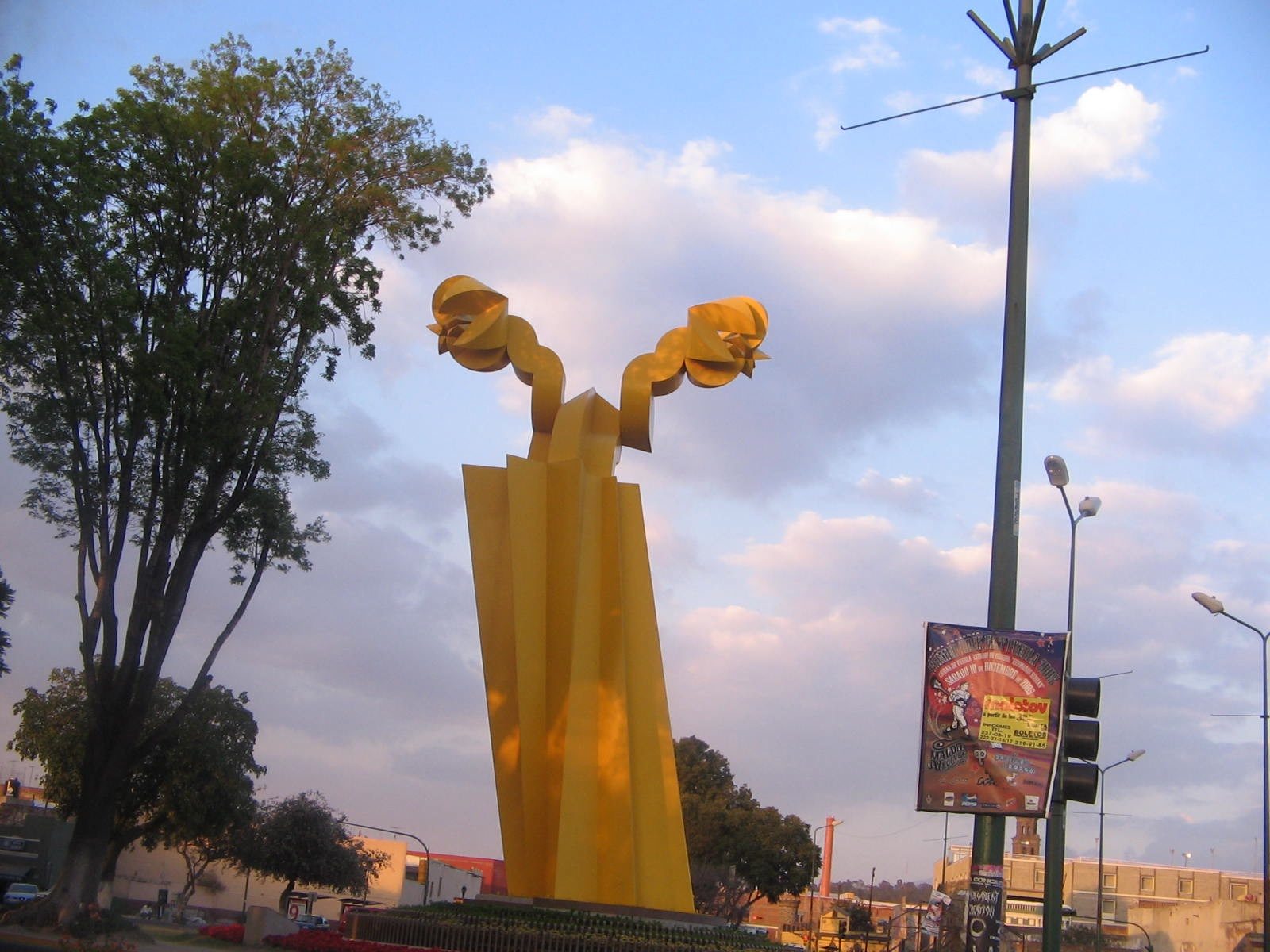
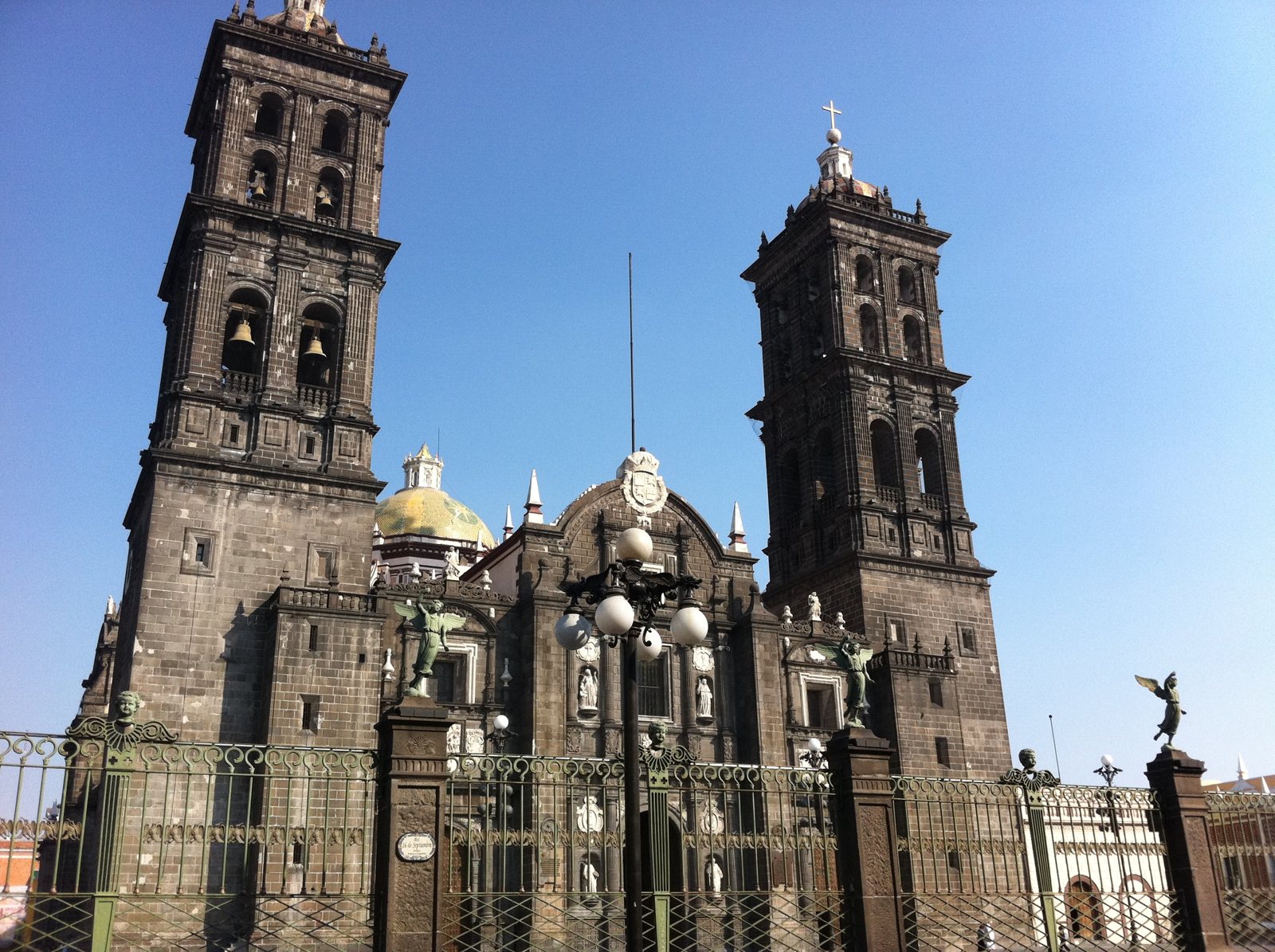
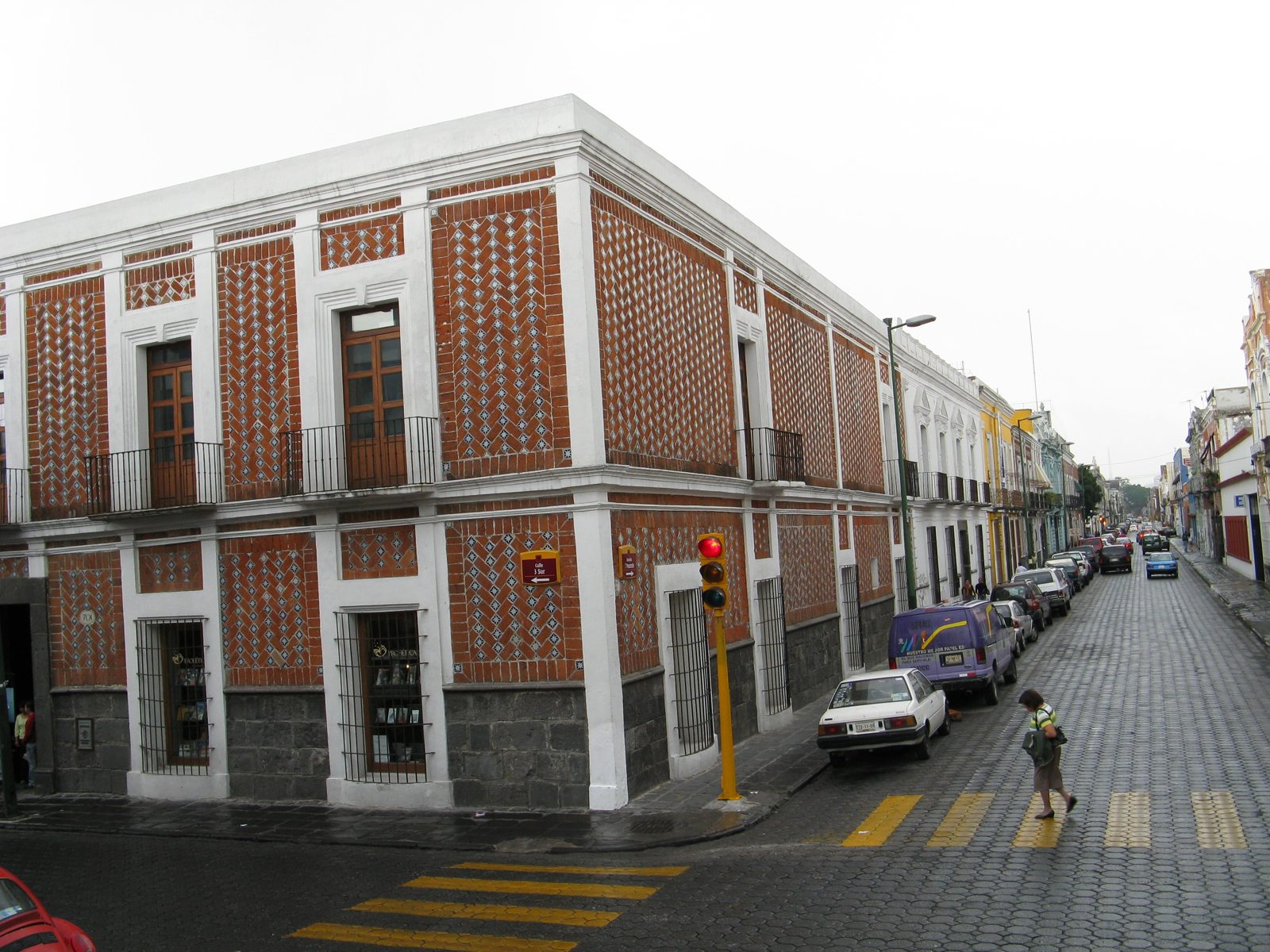


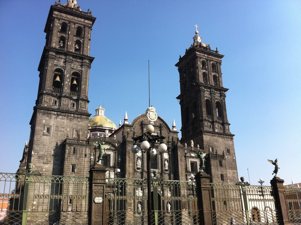
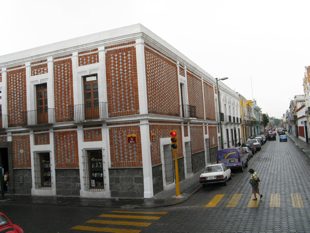
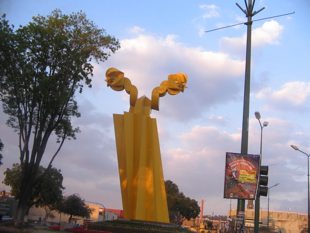

The Postcard A postcard that was published by Miyako and Co., Maine Street,, Kanda, Tokyo. The card, which has a divided back, was produced in Japan. The card was posted in Seoul, Korea on Friday the 18th. November 1910. It was sent to: Mr. B. T. Lane, 21 Hambly Avenue, Toronto, Canada. The message on the divided back of the card was as follows: "17. 11. 10. A merry Xmas old sport. You're doing fine. H. O." The Korean Hat Robert Neff of the Korean Times has written the following about Korean male headware: 'One of the most important articles of clothing for Koreans in the late 19th. century was the hat. The elderly man with his majestic black horse hair hat, often seen in pictures, is the iconic image of Korean male society during the Joseon Dynasty (1392 - 1910). According to Percival Lowell, an American who stayed in Seoul in the winter of 1883-84: "No Korean can in decency appear without it [hat], except only to make room for some other hat." It was a sign of manhood, "the most essential of attributes," and a badge of one's position in Korean society. Lowell seemed amused with the difference between Korean and American culture. In the United States it was considered poor manners to wear a hat indoors, and one would rarely remove one's shoes, but the opposite was true in Korea: "A man would part with any or all of his clothing sooner than take off his hat. On entering a house, he leaves his shoes outside to await his return, but he and his hat go in together. As he sits down to eat, he divests himself of his outer garments that he may eat with greater freedom, but his hat stays on; and so it sticks to him through life ― a permanent black halo." There were many types of hats. The iconic hat, the gat, was made from horse hair and bamboo and was black and somewhat transparent. It had a fairly wide brim that in the past, according to popular legend, was much wider as a means of preventing unrest. Because of its wide brim, conspirators were kept apart, and were unable to whisper their plans to one another. There was also a large mourning hat made from bamboo. It was designed to hide the face of mourners from others they might encounter on the streets. It was considered a grievous breach of etiquette to look into the face of the mourner. Early French missionaries used the mourning hat to disguise themselves as they traveled the Korean peninsula before the 1880's. They were able to move about in relative secrecy for no one would attempt to communicate with a mourner. Court officials' hats had slightly bent-forward ear-shaped horizontal wings. It was said they symbolized the wearer's attentiveness and willingness to "catch every word of command that the King may utter." As Korea entered the 20th. century, there were many reforms forced on the population. Some were readily accepted and appreciated, but others, especially those that dealt with hair styles and hats, were vehemently opposed. "A man is much more firmly bound to his hat than he is attached to his wife. He may put away the latter; without the hat, life becomes a hollow mockery, for the hat makes the man. Without it he remains forever a boy." Hats remained a part of male culture throughout the first half of the 20th. century, but have since disappeared. The only exceptions are those worn by elderly males in the Jongno area, or the bright colorful caps that young teens and adults wear while out with their friends. The "permanent black halo" is no more.' Black Friday So what else happened on the day that the card was posted? Well, on the 18th. November 1910, in the largest protest to date for women seeking the right to vote in the United Kingdom, thousands of suffragettes, led by Emmeline Pankhurst, marched to the Palace of Westminster in order to confront Parliament over killing a reform proposal. The ensuing confrontation between London police and the women, subsequently known as Black Friday, turned violent, and increased sympathy for the cause of women's suffrage. A Riot in Mexico Also on that day, rioting in Puebla, Mexico killed more than 100 people. Political leader Aquiles Serdán, who died in a confrontation with government police, is now celebrated as a hero of the 1910 revolution.